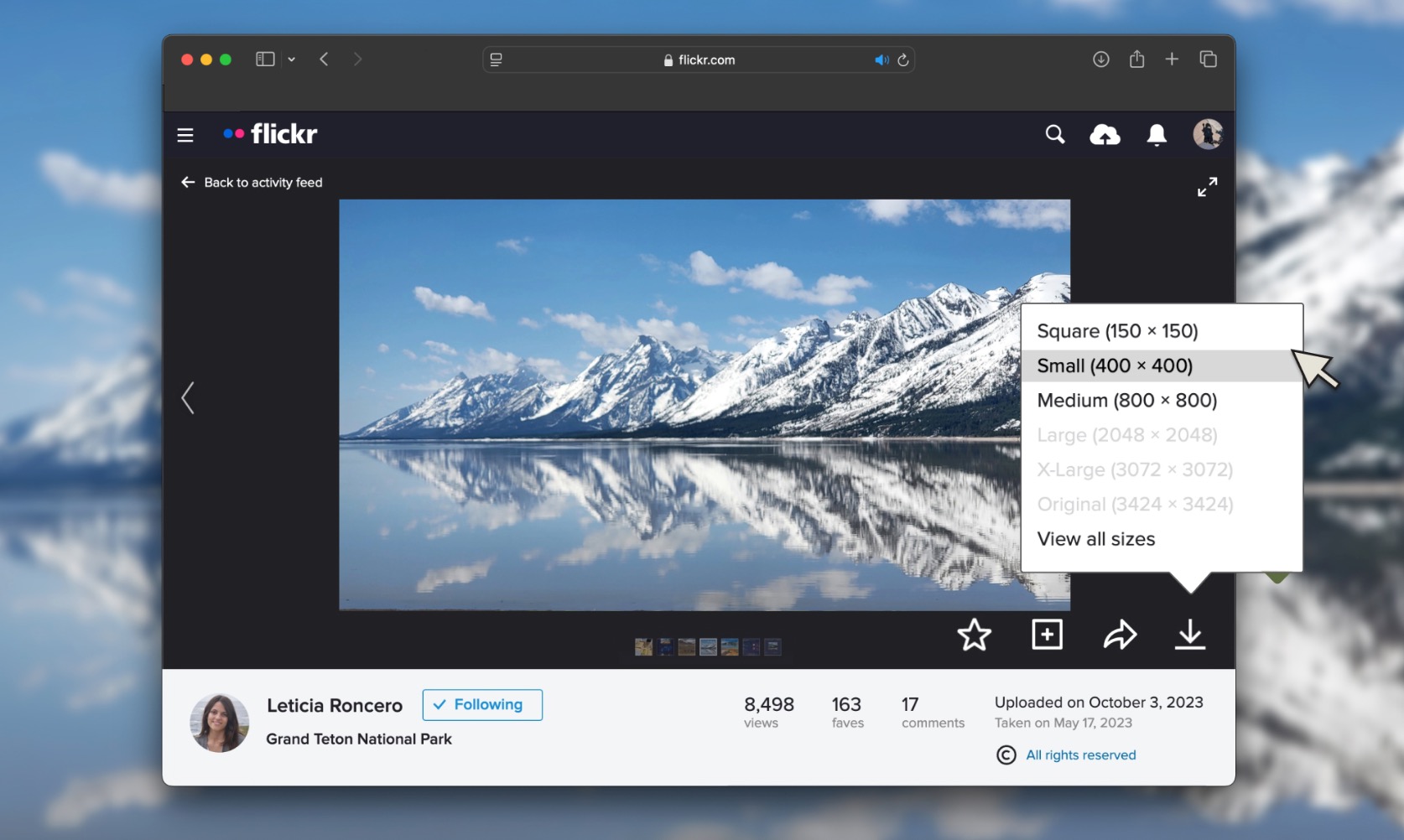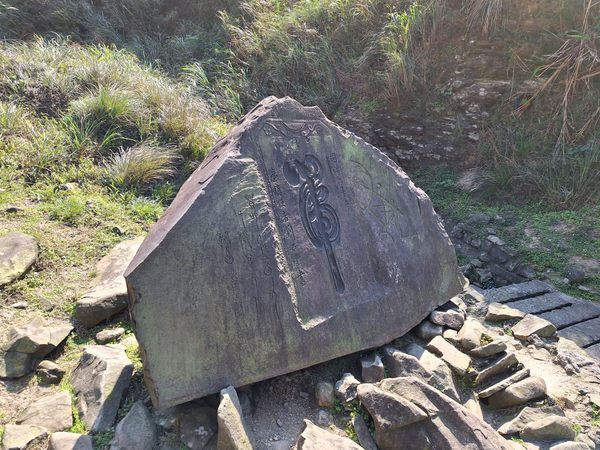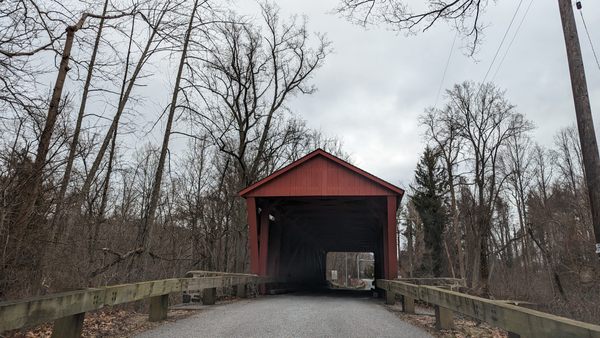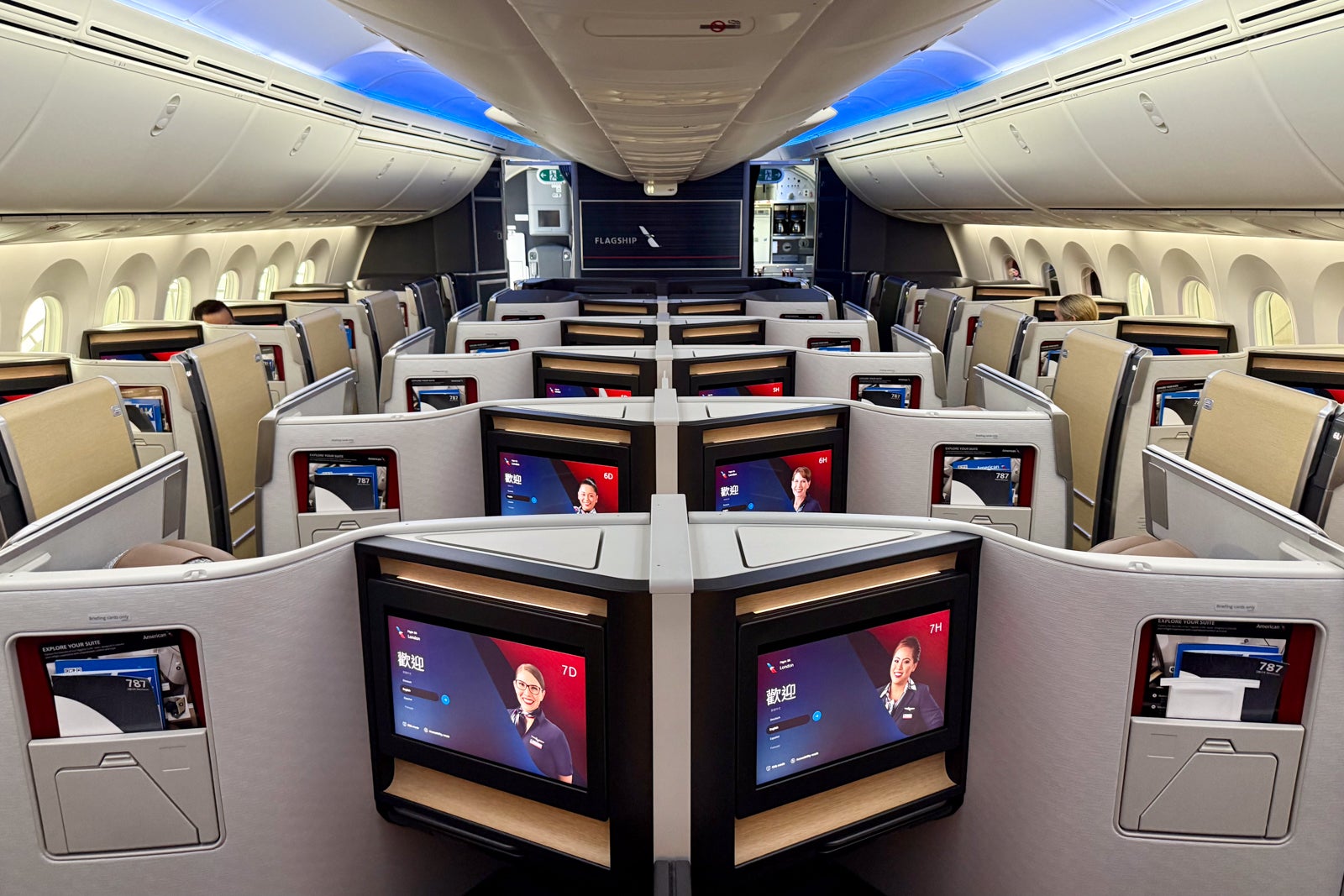Air Canada axes 5 US routes in latest network adjustment
Perhaps transborder demand isn’t what it once was. Air Canada filed plans over the weekend to exit five U.S. routes, as first seen in Cirium schedules and later confirmed by an airline spokesperson. The affected routes will cease flying over the next few months, and none of them will be operated during the winter season. …
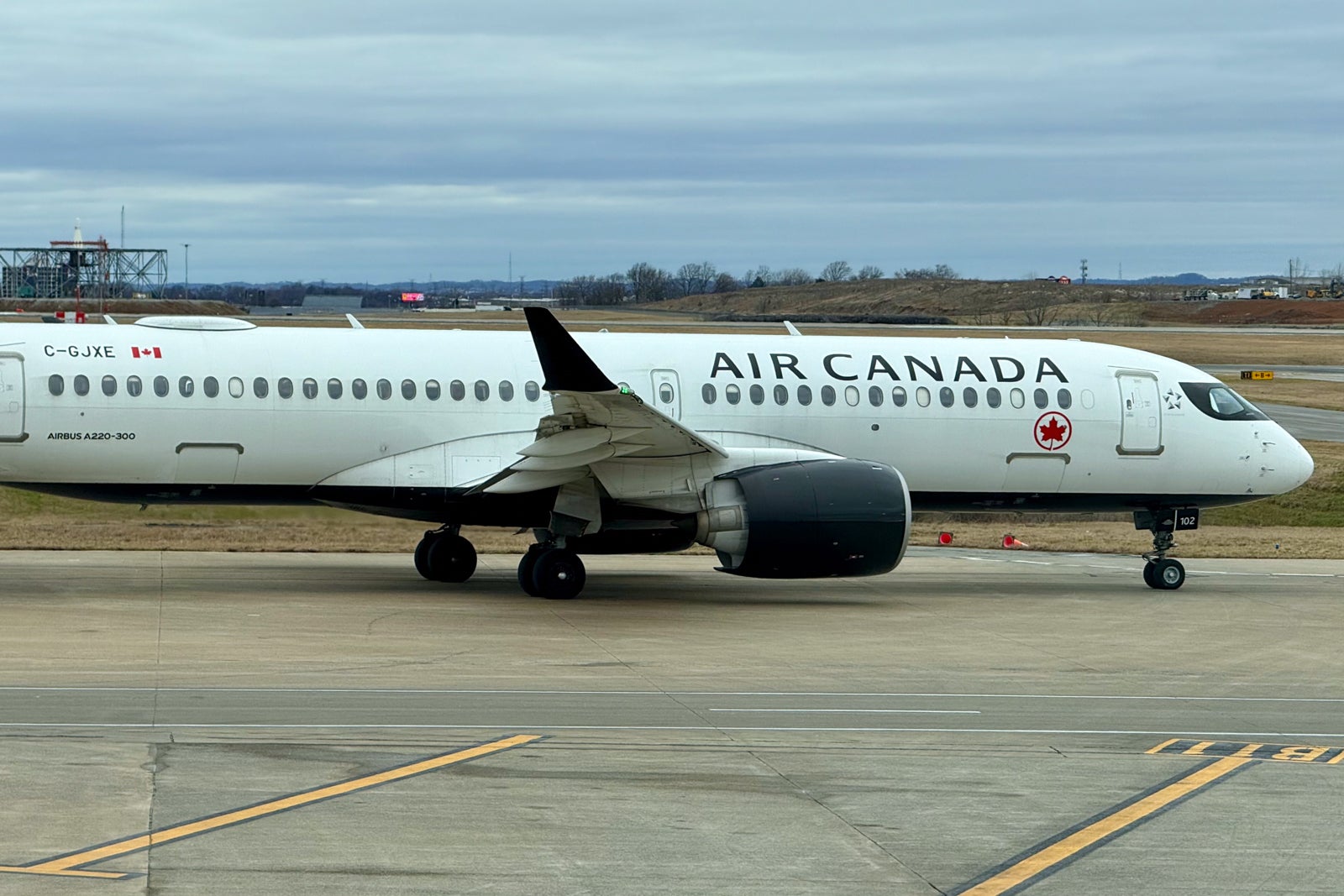
Perhaps transborder demand isn’t what it once was.
Air Canada filed plans over the weekend to exit five U.S. routes, as first seen in Cirium schedules and later confirmed by an airline spokesperson. The affected routes will cease flying over the next few months, and none of them will be operated during the winter season.
Air Canada is making cuts across its big Canadian hubs, including two cuts from Vancouver International Airport (YVR) in British Columbia to Tampa International Airport (TPA) and Dulles International Airport (IAD) near Washington, D.C. The airline will also cease flying from Montreal-Trudeau International Airport (YUL) to Detroit Metropolitan Wayne County Airport (DTW) and Minneapolis-St. Paul International Airport (MSP), and from Toronto Pearson Airport (YYZ) to Indianapolis International Airport (IND).
The cuts don’t touch the largest U.S. markets or key business routes, but they are some noteworthy changes. For one, it’s interesting to see the airline drop its YVR-TPA route during the winter season. Despite this being quite a long flight (nearly six hours), Canadians usually love visiting Florida in the winter to escape the cold.
This trend has been a fixture for years, but with all the instability spurred by the current U.S. administration’s foreign policy, it seems some Canadians are trading their Florida vacations for trips to the Caribbean instead.
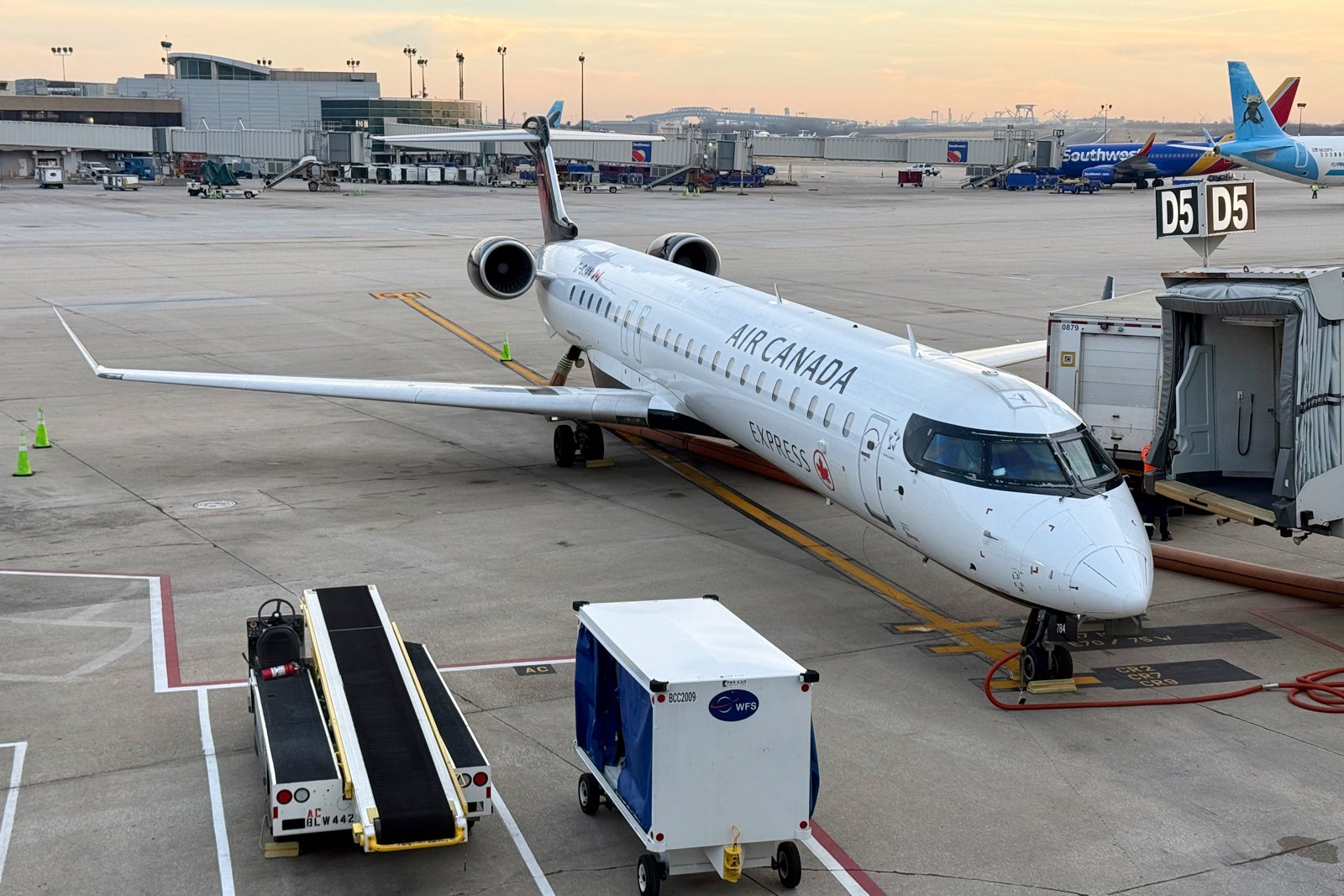
“We saw a big shift in travel demand away from U.S. leisure destinations,” Mark Galardo, Air Canada’s chief commercial officer, said on the company’s recent first quarter earnings call when explaining what’s happened to transborder demand over the past few weeks.
Meanwhile, the cuts to Detroit and Minneapolis will likely be exciting for Delta Air Lines, which operates hubs in both cities. Delta already offers service in both markets and will now enjoy a monopoly when Air Canada pulls out.
Delta can offer flyers from YUL plenty of connections beyond both cities, making it easier to fill its airplanes without just origin and destination demand.
But Air Canada can do that, too. In fact, the airline’s sixth-freedom traffic that stops in Canada allows U.S. flyers to enjoy seamless one-stop service to Europe, Asia and beyond. This sixth-freedom traffic has been a way for the airline to diversify its demand profile from the U.S. without relying exclusively on origin and destination traffic.
It remains to be seen if this is a harbinger of what’s to come from Air Canada, but the airline did say that it’s monitoring macro trends closely.
The airline declined to share a statement about these route changes, but Galardo said earlier this month that “we have a bunch of options on the U.S. to moderate capacity or to further add back depending on how market conditions evolve.”
The airline told TPG that its current plan is to resume YUL-DTW, YUL-MSP and YYZ-IND flights in May 2026. However, it currently has no plans to restart its YVR-IAD flight path.
Related reading:
- The best time to book flights for the cheapest airfare
- Best airline credit cards
- What exactly are airline miles, anyway?
- 6 real-life strategies you can use when your flight is canceled or delayed
- Maximize your airfare: The best credit cards for booking flights
- The best credit cards to reach elite status




















